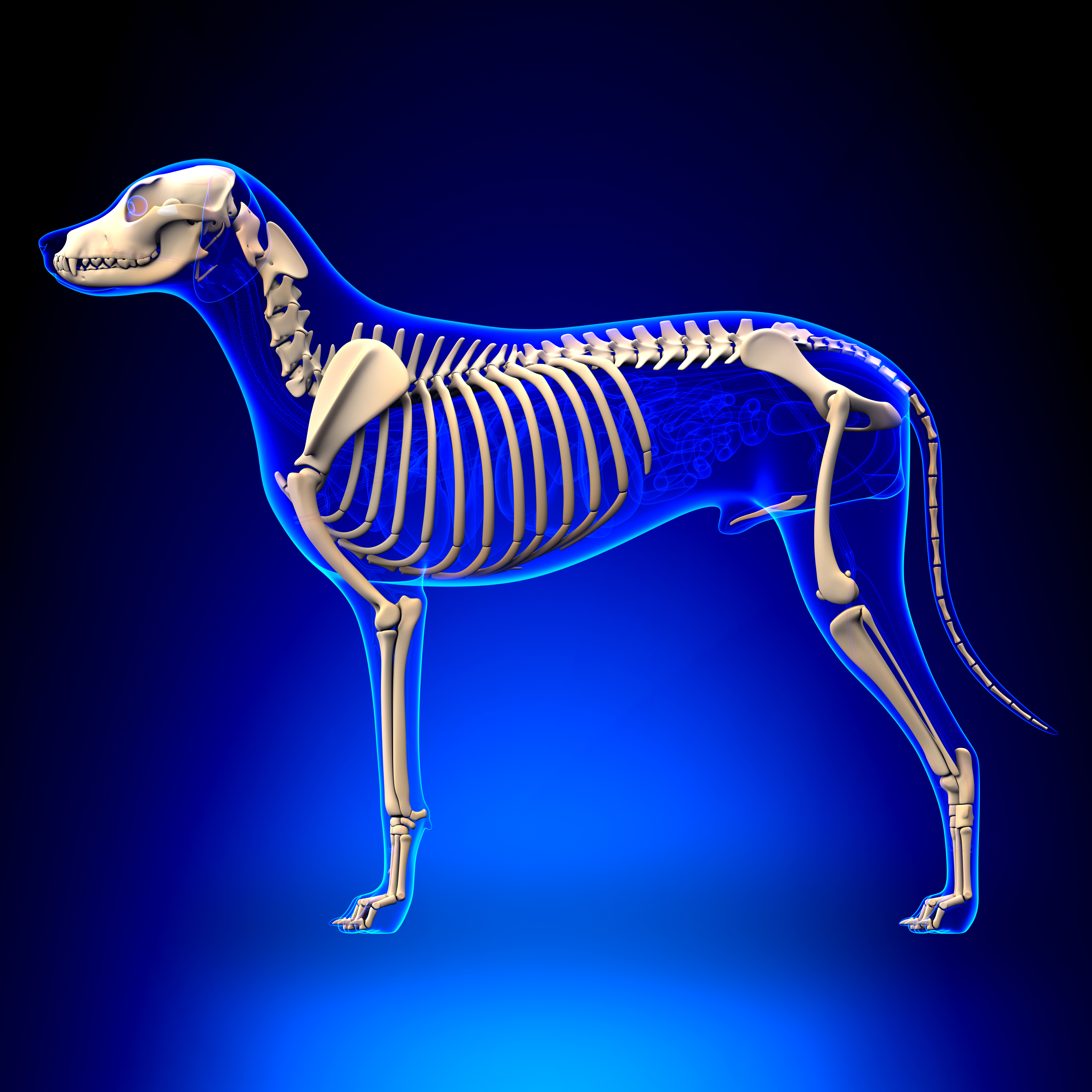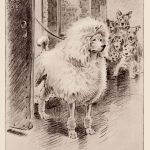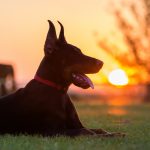
Guest Blog: The School of Canine Science Measuring System
The School of Canine Science Measuring System
By: Mary Jane Weir
The whole thing started with a very bad judging decision at an Ottawa show in the 1950’s. Six breeders got together to try to develop a better system for judging dogs. (My mother was one of them, as was Casey Gardiner.) The first endeavour was to hire an anatomist from Guelph vet college to teach them anatomy, including dissection, to understand how dogs were put together. The class grew to about 30 people, who were interested enough to buy Miller’s Anatomy of the Dog. Casey, as a goat breeder, was aware of Dr. Rennie’s effort to measure the Holstein cow, which resulted in the “super cow”, because certain measurements had a direct bearing on the amount of milk the cow would give.
She contacted him and started the effort to translate the measuring system to the dog. By the early 60’s, Casey was holding measuring clinics to test the result. By 1962, the system of 79 measurements of bone length and angle was established and remained until two measurements of circumference were added after her death.
The system of measuring tools started with 3 measurements of length and two of angles. The major change through the years was to break up the long tool into pieces so that it could measure Chihuahuas to Great Danes. They went through various versions, from wood to metal to plastic to the final of very lightweight wood. I have examples of all of these types.
Originally the measurements were recorded on big sheets which recorded every dog at the clinic, but by the mid-60’s, we had developed a single sheet per dog, which recorded not only the measurements, but also a verbal description of the dog, which took into account those things which weren’t easily measured, like eye shape and colour. In clinics, the dogs were measured, then assessed, and finally the gait was filmed. The whole assessment was presented to the owner of the dog, with a copy kept for the school. While owners of famous dogs were interested, very few allowed their results to become public.
By the beginning of the ’70’s, the President of the Canadian Kennel Club asked Casey to put the whole thing into a course, and eventually, a 4 semester course and 3 post certificate courses were the result. The courses were given at colleges across Canada and into the States. Her illustrations were used by the Danish kennel club to educate judges (without recognition) and the course was used abroad (without recognition). To keep better control of it, Casey turned it into a home study course, and continued it until she died.
There were thousands of dogs measured, and Casey had them on computer (DOS). She had software that matched dogs for breeding. For about 20 years, I could tell which dogs were bred by people who had taken the course, because they didn’t have the usual optical illusions which people today think is a good dog. Some of her graduates became pillars in their breeds internationally. Many became judges. While much of what she espoused (breed the best to the best and neuter all others) is now out of date, the basic course and measuring system is still valid.
 Previous Post
Previous Post Next Post
Next Post


